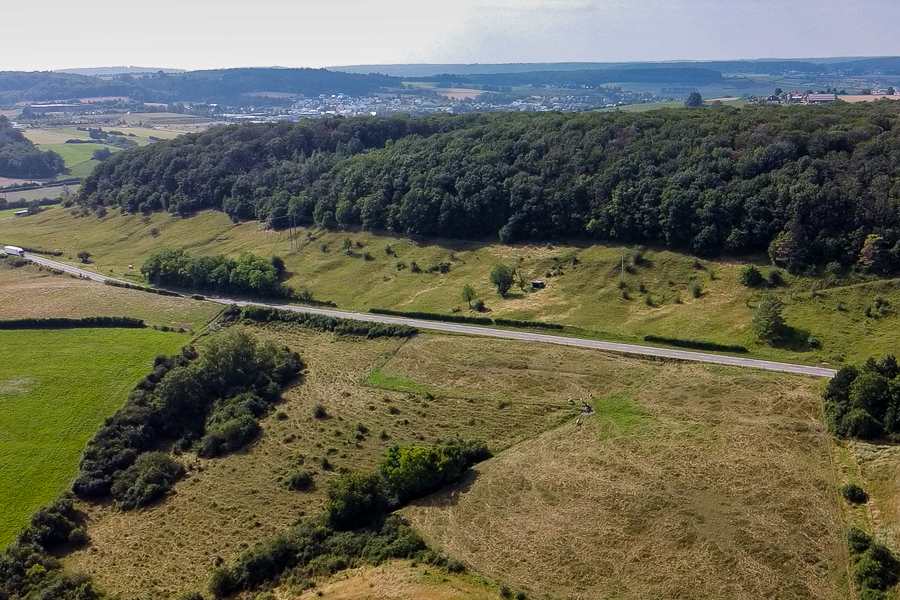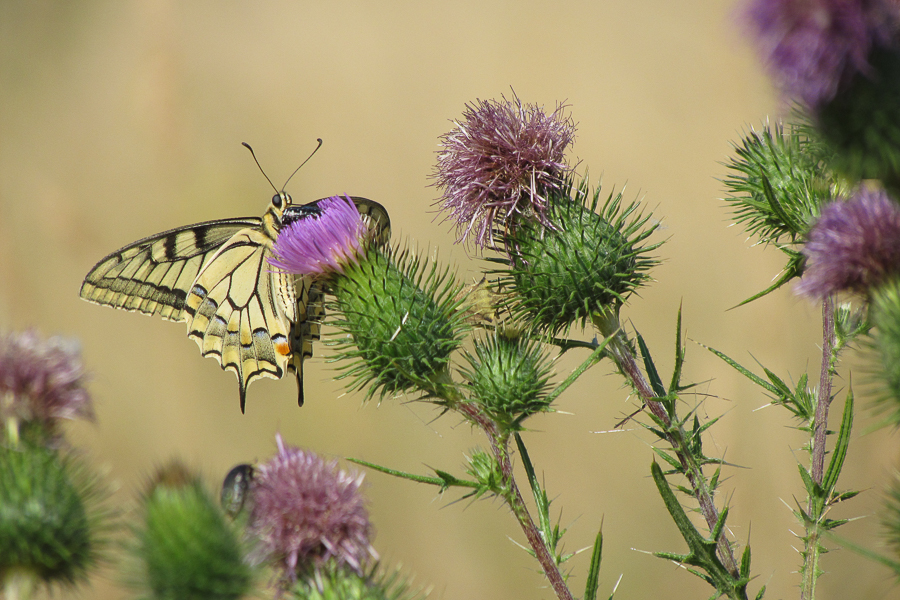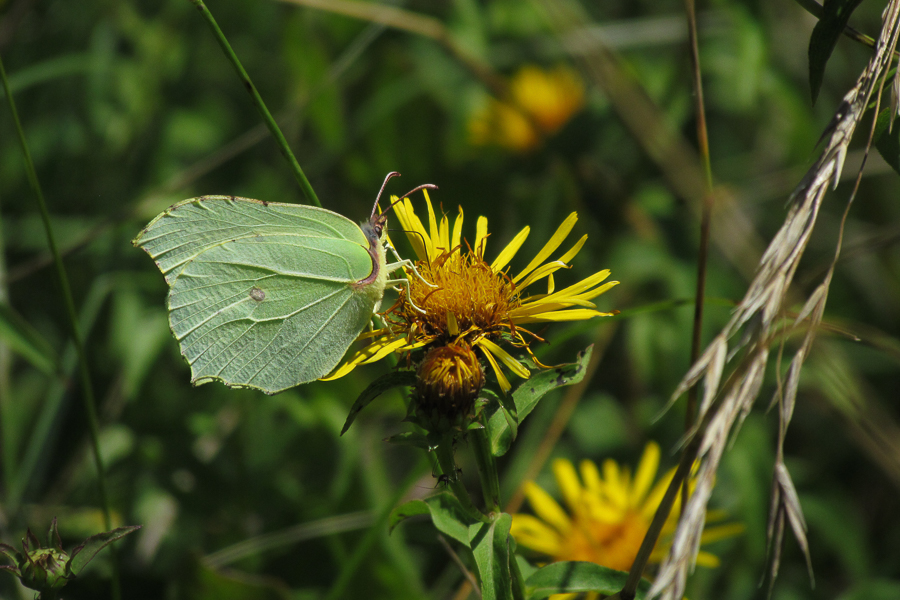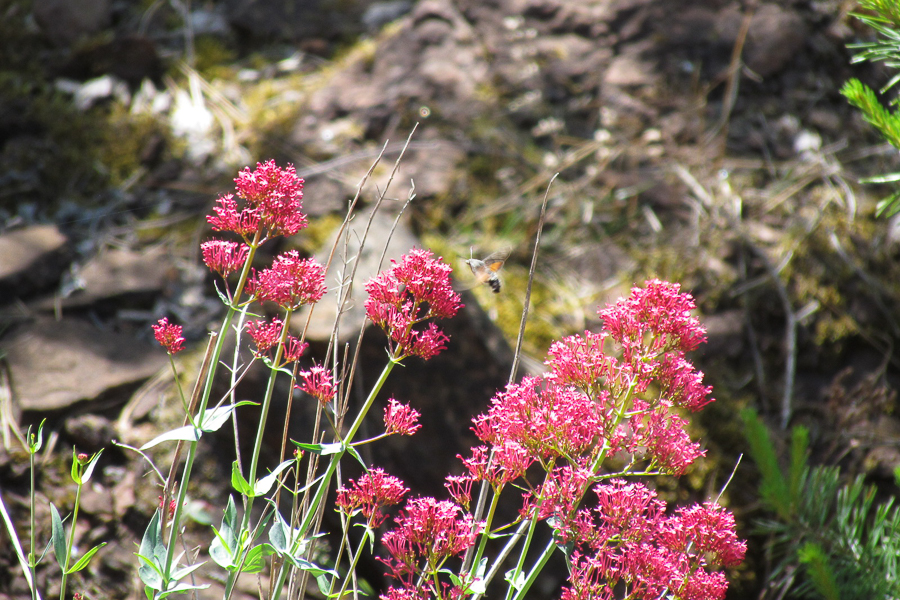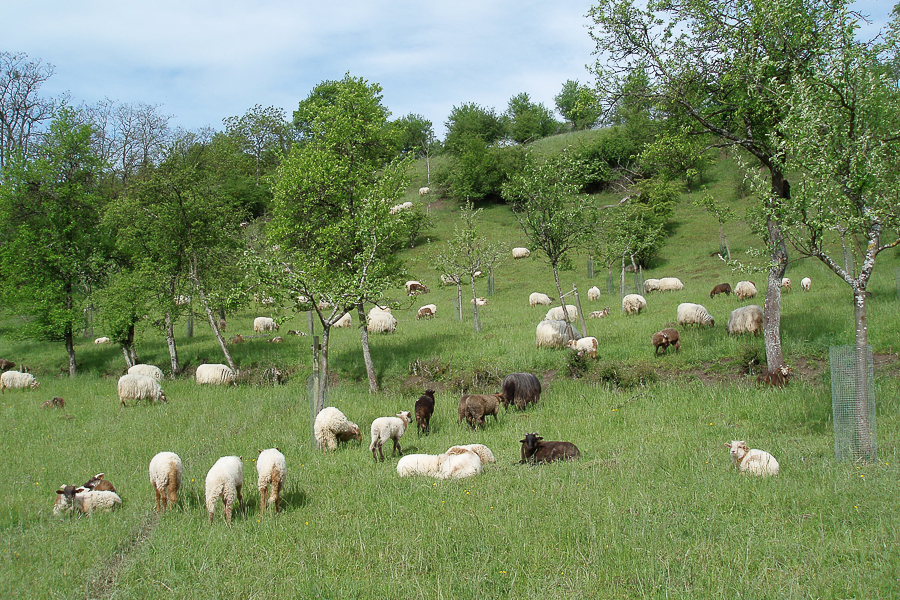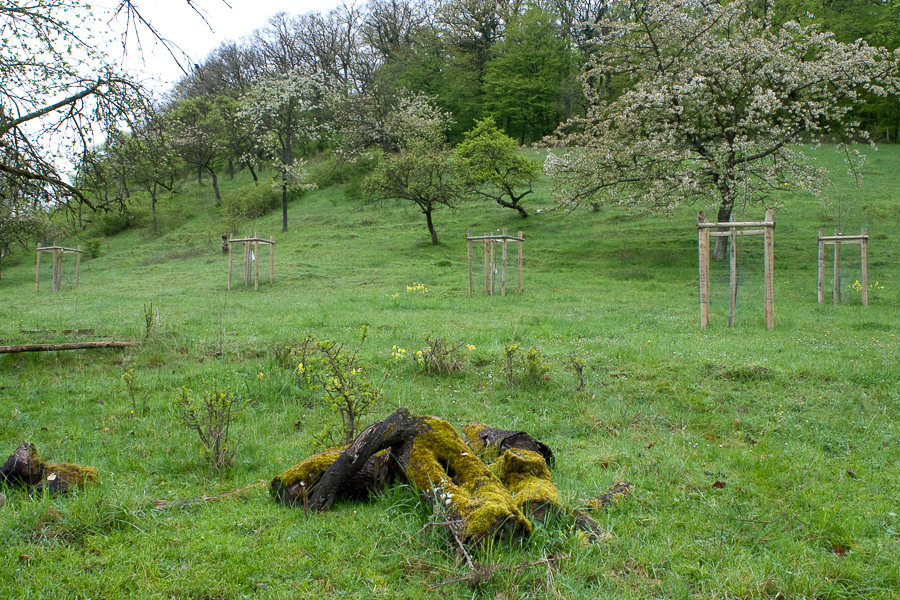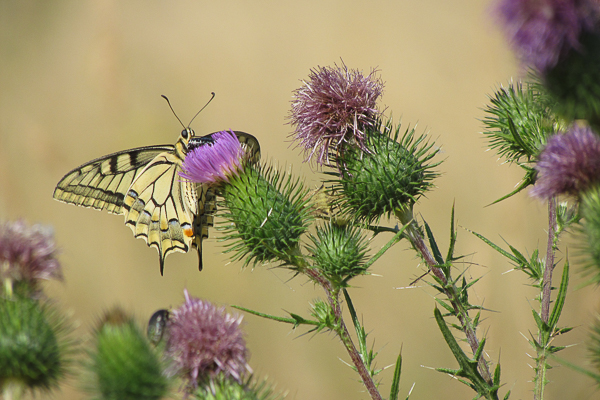 Credit: natur&ëmwelt
Credit: natur&ëmwelt
Luxembourg has what is known as a Temperate Climate in which winters are generally mild and summers comparatively cool, with rainfall that can be high; its flora and fauna have thrived in, and adapted to, this climate over the centuries and millennia, with ongoing challenges due to pollution and recent climate change, as well as the introduction of non-native species, resulting in disruptions to the norm.
Nevertheless, with various initiatives and organisations helping the ecosystem and habitat, including sustainability and re-wilding, there is a lot happening in nature across the Grand Duchy.
Chronicle.lu has teamed up with natur&emwelt (the non-profit organisation (naturemwelt), the foundation (Hëllef fir d'Natur) and the Wildlife Care Centre (Flegeestatioun)) for a series of articles on Luxembourg's fauna in which we look at various mammals, birds, insects, amphibians and aquatic animals, as well as touching on vanishing species returning to Luxembourg, focussing on their lifestyle and habitat, including when and where to observe them.
No. 10 in this series focuses on butterflies.
With over 100 species recorded, the Weimericht nature reserve (in Junglinster) is a veritable sanctuary for butterflies. These fascinating insects play a key role in pollination and the balance of ecosystems.
Butterflies are distinguished by their wings covered in colourful scales, forming unique patterns. From the holly blue to the flamboyant common yellow swallowtail, each species has its own palette. Their bodies consist of a head with scent-sensitive antennae, a thorax bearing three pairs of legs and two pairs of wings, and an abdomen. Their spiral proboscis enables them to feed on flower nectar. Their discreet to bright colours, sometimes even with a metallic sheen, are used for camouflage, to find a mate and to protect themselves from predators by mimicry or by indicating toxicity.
Lifestyle
Butterflies go through four stages of development: egg, caterpillar, chrysalis and adult. The caterpillar feeds abundantly before transforming into a chrysalis, during which stage it metamorphoses into a butterfly. Once adult, their life is short, from a few days to several weeks, and they devote themselves essentially to reproduction and pollination by feeding on flowers. Some, like the red admiral, migrate long distances. Some are active during the day, while a larger number of species are nocturnal. Their presence depends on the season and the availability of food plants.
Habitat
The Weimericht reserve offers a mosaic of habitats that are ideal for butterflies: flowering meadows, forest margins and sparse grassland. Each species has its own preferences: the common brimstone prefers clearings, while the chalk-hill blue prefers dry grassland. Host plants are abundant, providing food and reproduction sites. However, these habitats are fragile: urbanisation and the use of pesticides are threatening some species. Preserving these habitats is essential to maintaining the diversity of butterflies.
Where & When to Observe
The best time to watch butterflies in Weimericht is from April to September, with a peak in summer when flowers are abundant. Sunny days are ideal, as the heat stimulates their activity. The paths lined with wildflowers offer great opportunities to observe these fascinating insects. Some species, such as the hummingbird hawk-moth, can be seen hovering near the flowers. Patience and attention can help you spot rare species, sometimes hidden in the vegetation.
Observation Tips
To maximise your chances, walk slowly and avoid sudden movements. A camera or binoculars can be useful observation tools. Finally, to attract them, plant nectar-rich flowers in your home and respect their natural habitat.

